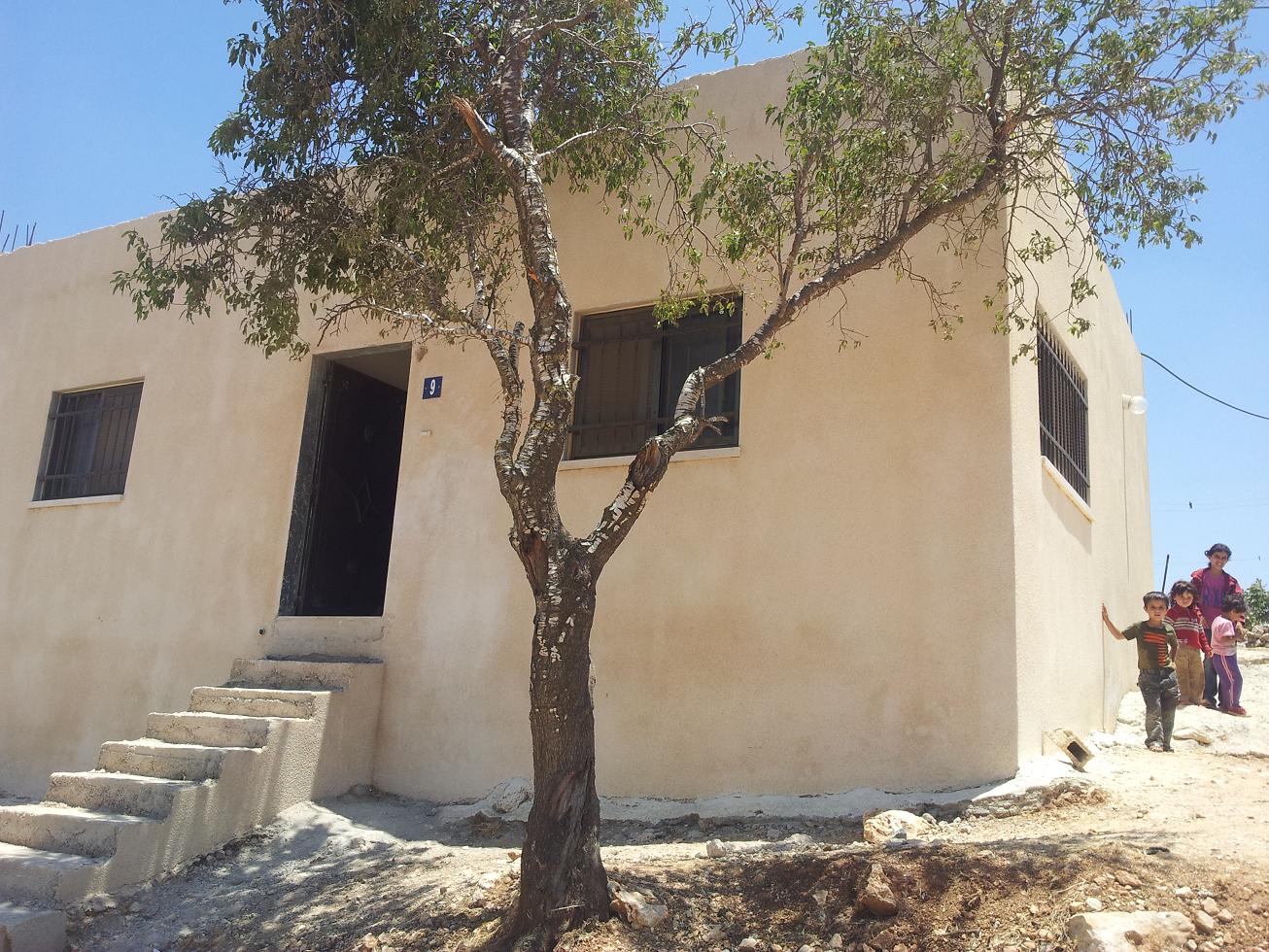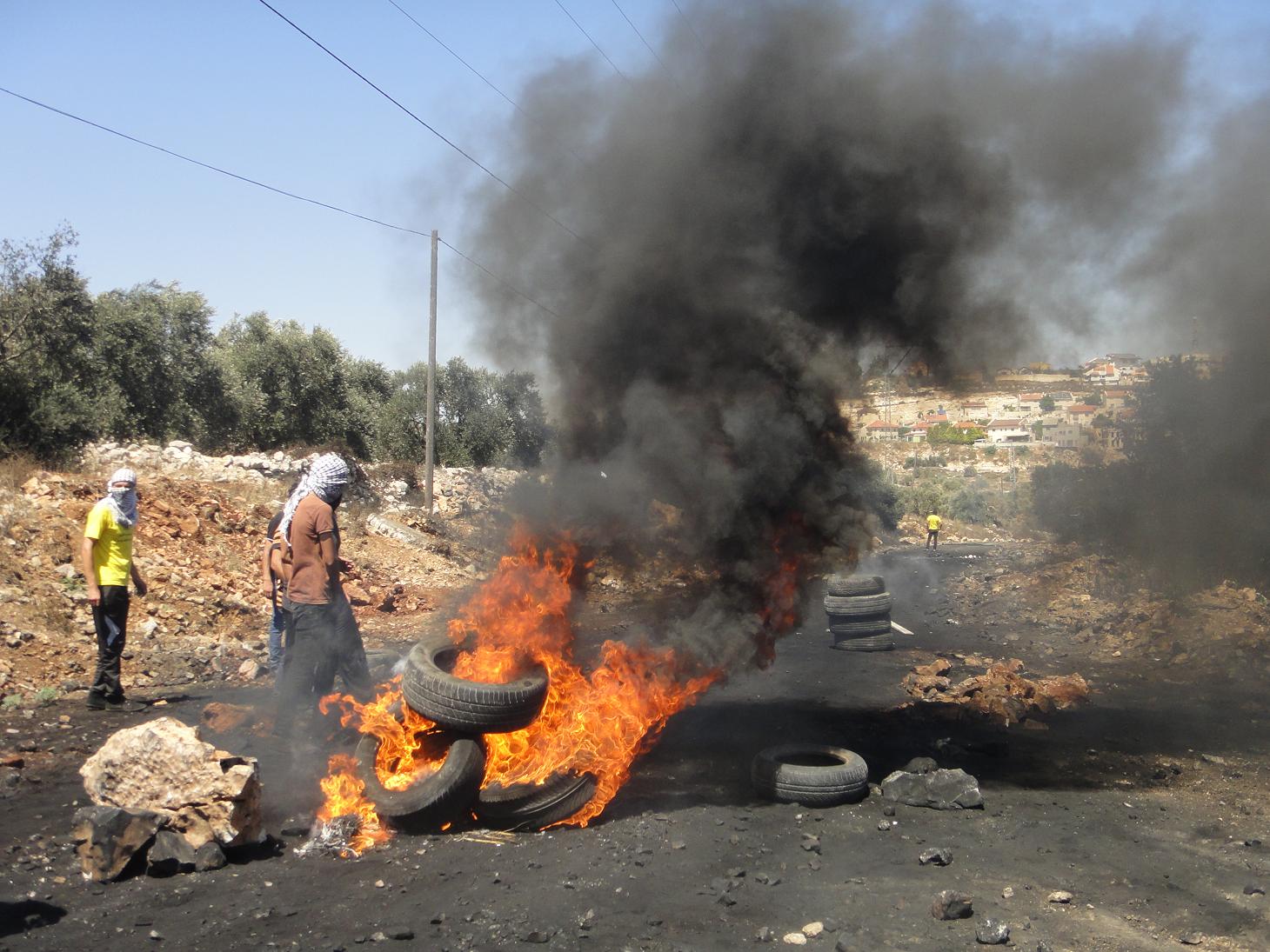Category: Reports
-
Qusra demolition orders: “If they destroy this house, where will we go?”
7th July 2013 | International Solidarity Movement, Nablus Team | Qusra, Occupied Palestine On Wednesday July 3rd the Israeli army entered the village of Qusra, south east of Nablus, issuing eleven demolition orders on houses and buildings. At 9am two army jeeps arrived at the home of Seqer Musbah and presented him with demolition orders…
-
Prominent activist Nariman Tamimi under partial house arrest during weekly Nabi Saleh’s protest
7th July 2013 | International Solidarity Movement, Ramallah Team | Nabi Saleh, Occupied Palestine The weekly protest in the village of Nabi Saleh was, as usual, met with extreme violence by Israeli forces. Tear gas canisters, rubbers coated steel bullets and skunk water were shot at unarmed protesters. After midday prayers, over fifty Palestinians together…
-
Two years of demonstrations in Kafr Qaddum: “Our struggle will continue until we fulfill our rights”
5th July 2013 | International Solidarity Movement, Nablus Team | Kafr Qaddum, Occupied Palestine On the 4th of July 2013, the village of Kafr Qaddum defiantly celebrated two years of Friday demonstrations, which began in July 2011. The celebration, which included speeches and performances by village youth, was followed the next day by a further…


